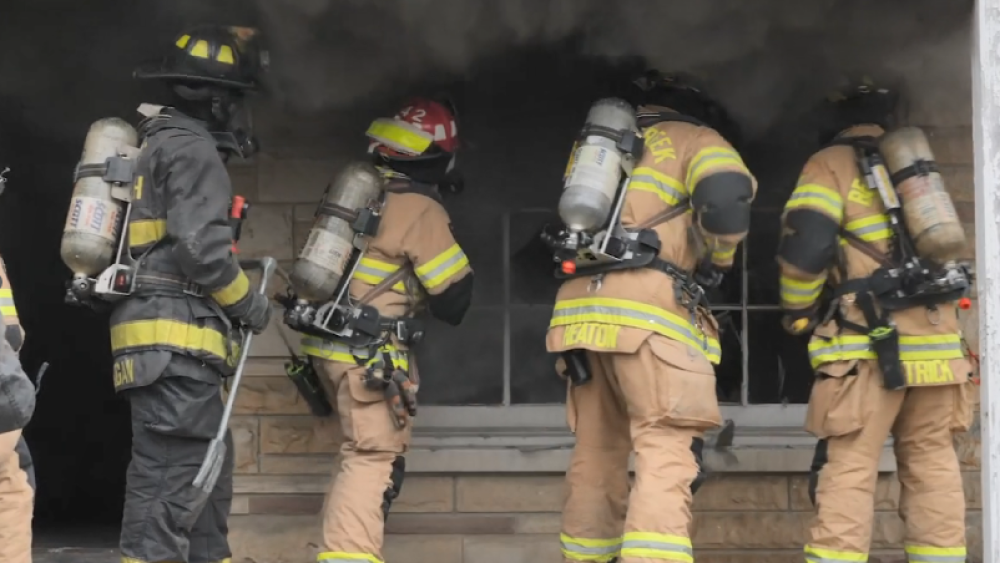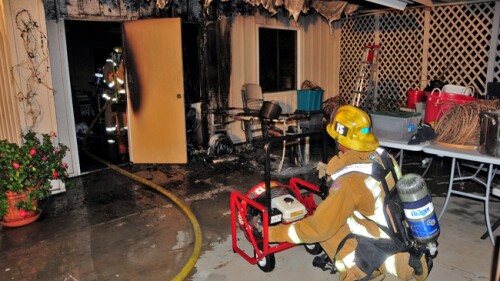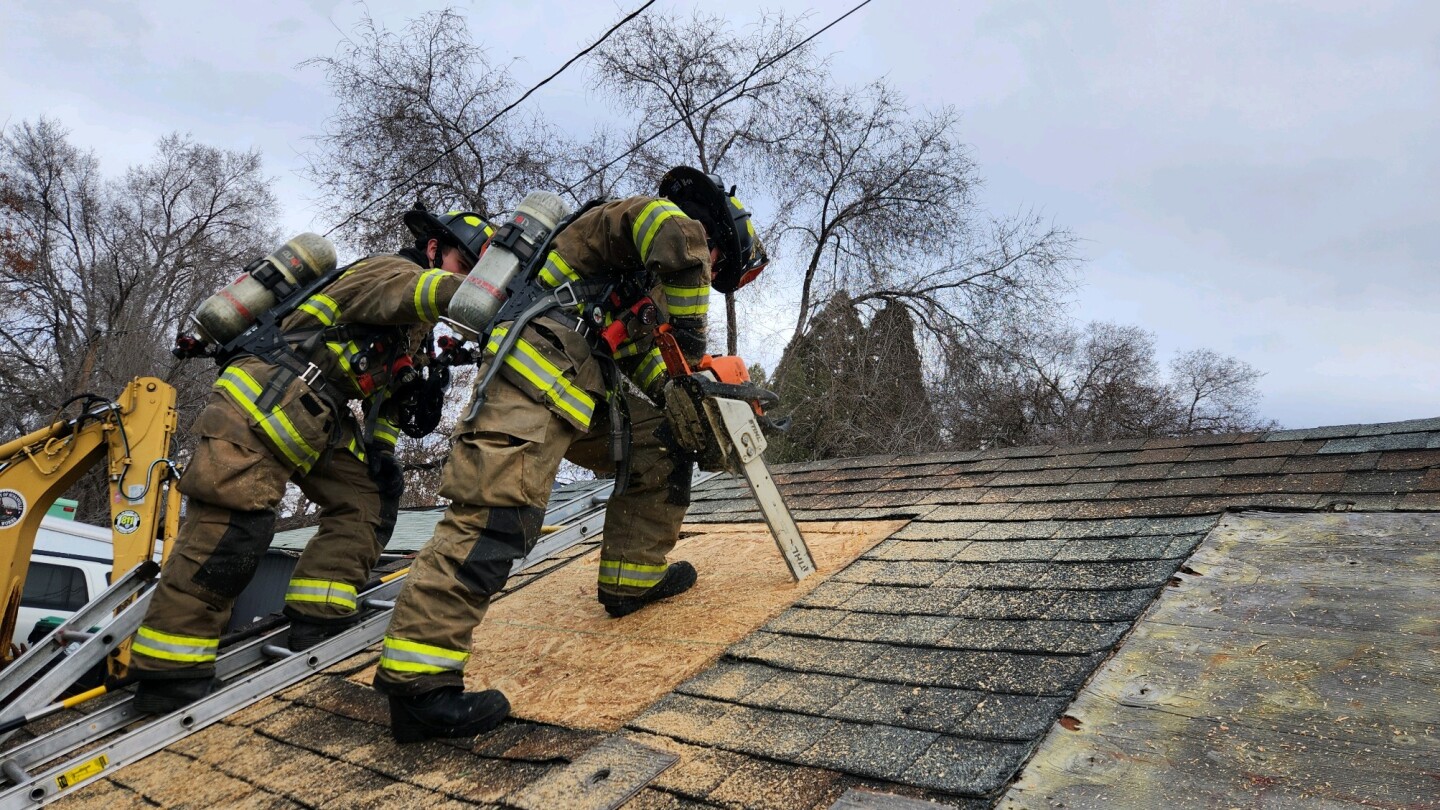As research continues to emerge, highlighting the importance of coordinated ventilation, firefighters are forced to adjust strategies and tactics. This special coverage series reviews the current ventilation-focused research and offers detailed steps for how to best implement the various ventilation operations – vertical ventilation, horizontal ventilation, positive pressure ventilation, among other tips and tricks to ensure safe fireground operations.
MOST POPULAR
- Conn. town implements virtual reality training for firefighters, EMS providers
- The new NFPA 1950: Consolidating tech rescue, EMS and wildland PPE
- Driver ‘hell-bent on carnage’ kills 14 after slamming into New Year’s Day crowd in New Orleans
- LODD: Pa. fire police officer struck, killed at MVC
- North River Fire: A case study in mental health support and member retention
MORE FIREGROUND OPERATIONS
Are we asking firefighters to do the impossible in containing wildfires without eliminating contributing building factors?
Deadly California wildfires are latest natural disaster to displace civilians, damage infrastructure and strain fire department budgets
The dynamics of civilian, inmate and professional firefighters evolve as changes to prison systems leave a shortage of volunteers to fight wildfires
A fire crew displays best fire safety and operational practices while battling a strip mall fire
Preventing high-rise mass fatality fires is more likely to happen through the prevention side of the house, not the response side
Portable fire extinguishers are one of the few pieces of firefighting equipment carried aboard fire apparatus that are covered by a separate NFPA standard
Hidden fire and the introduction of a PPV fan can be a deadly combination for interior firefighters
Some will argue that indiscriminately cooling the approach path will adversely alter the thermal balance; here’s why it improves safety and survivability
Getting the right amount of water to the fire quickly may mean not doing what’s always been done

















